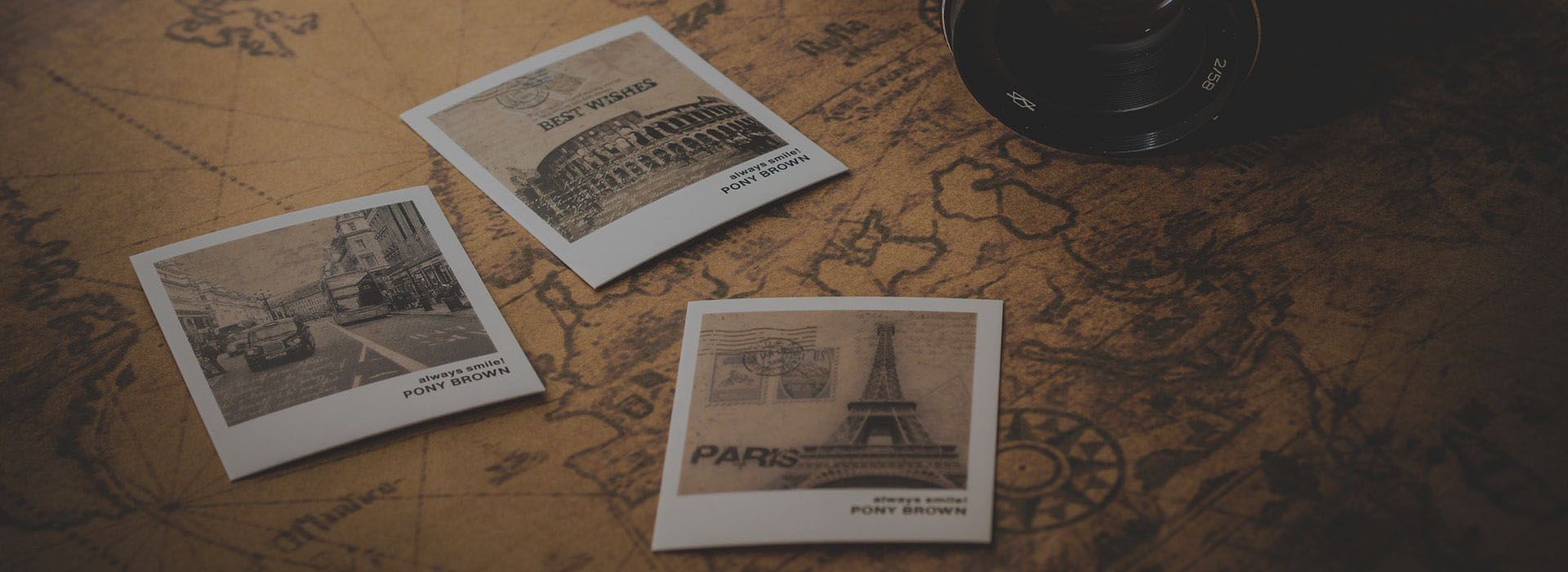Hunan
Hunan is a province of China, located in the middle reaches of the Yangtze River and south of Lake Dongting (hence the name Hunan, meaning “south of the lake”). Hunan is sometimes called Xiang for short, after the Xiang River which runs through the province. Hunan became an important communications center due to its position on the Yangtze River. It was also on the Imperial Highway constructed between northern and southern China.
Changsha
Changsha is the capital city of Hunan and is located on the lower reaches of Xiang river, a branch of the Yangtze River.
Changsha has been important from the time of the Qin dynasty, 221BC, as it is a strategically placed commercial city but it is most famous for being the site of Mao Zedong’s conversion to communism.
Hunan Provincial Museum
The Hunan Provincial Museum contains numerous artefacts including wooden figurines, silk textiles, ancient manuscripts and exhibits from a 2000 year old tomb.
Maoist Pilgrimage Areas
As the birthplace of Mao’s conversion to communism, there are numerous reminders of Chairman Mao in the city of Changsha, including the 30 year old statue of Mao outside the Changsha Museum, Mao’s living quarters at the Hunan CPC Committee and Hunan No.1 Teacher’s Training School, where Mao was a school teacher.
Yueyang
Located 100kms north of Changsha, Yueyang sits beside Dongting Lake, which flows into the Yangtze River. The main attractions of Yueyang include the Yueyang Tower, the Confucian Temple and the Cishi Pagoda.
Heng Shan
Also known as Nanyue, meaning Southern Peak, Heng Shan, as its alternative name suggests, is the southernmost of China’s five Taoist mountains. At 1300m high, the emperors of China used to come here to hunt and to pray for good harvests.
Shao Shan – Birth Place of Mao Ze Dong
Located 2 hours drive south-west of Changsha, Shao Shan is famous for being the birthplace of Mao Ze Dong. Various museums, ancestral halls, schools and houses allow the visitor to experience the upbringing of China’s most famous leader.
Huaihua
The town of Huaihua is popular as a transit point for the two historic towns of Fenghuang and Hongjiang.
Hongjiang Township
Located at the confluence of the Wu and Yuan Rivers, Hongjiang is an ancient town, dating back over 1500 years. Wander the lanes of the old town and discover customs and life unchanged for centuries.
Jishou
Another transit town, Jishou enables tourists to reach Dehang, a Miao Village, and Fenghuang.
Dehang
Dehang is a Miao village situated in a spectacular setting of rivers, karst mountains and terraced fields. Interacting with the local Miao villagers is a popular past-time.
Fenghuang
Home to both Miao and Tujia, Fenghuang is an interesting riverside town, especially for architects. City walls, gate towers, temples and stilted houses showcase the architectural legacy of this ancient place.
Wulingyuan Scenic Region
Made a UNESCO World heritage Site in 1990, Wulingyuan Scenic Region includes Zhangjiajie, Tianzishan and Suoxiyu. The area is renowned for its limestone karts, waterfalls and forests. It is also home to the Tujia, Miao and Bai Minorities.
Zhangjiajie
With its limestone peaks and subtropical forests, Zhangjiajie is a popular place for hiking and has numerous walking trails.


